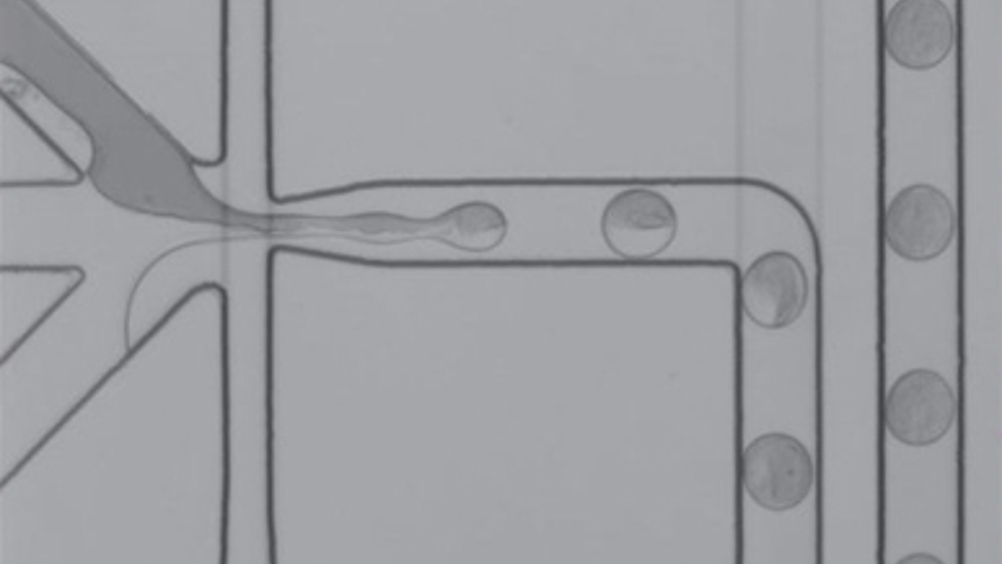Method can diagnose malaria from a single blood drop
Danish researchers have developed a method of diagnosing malaria from a single drop of blood or saliva.

The method might eventually be used in low-resource areas without the need for specially trained personnel, expensive equipment, clean water or electricity.
Malaria, a life-threatening disease that affects more than 200 million people every year, is caused by the plasmodium parasite, which is spread by infected mosquito bites.
Large-scale monitoring and treatment programmes have reduced the distribution of the disease but the number of malaria patients with relatively low infection counts has increased, necessitating more sensitive methods of diagnosing the disease.
Researchers at Aarhus University claim to have developed a new method that can diagnose malaria infections with very high sensitivity. The method is said to be based on measuring the activity of an enzyme called topoisomerase I from the plasmodium parasite.
The researchers have developed a technology called REEAD (Rolling Circle-Enhanced Enzyme Activity Detection), which makes it possible to diagnose malaria from a single drop of blood or saliva.
This method is said to be much more time-effective and cost-effective than current diagnostic methods, and can be performed by personnel who have no specialised training.
Register now to continue reading
Thanks for visiting The Engineer. You’ve now reached your monthly limit of news stories. Register for free to unlock unlimited access to all of our news coverage, as well as premium content including opinion, in-depth features and special reports.
Benefits of registering
-
In-depth insights and coverage of key emerging trends
-
Unrestricted access to special reports throughout the year
-
Daily technology news delivered straight to your inbox










Water Sector Talent Exodus Could Cripple The Sector
Well let´s do a little experiment. My last (10.4.25) half-yearly water/waste water bill from Severn Trent was £98.29. How much does not-for-profit Dŵr...